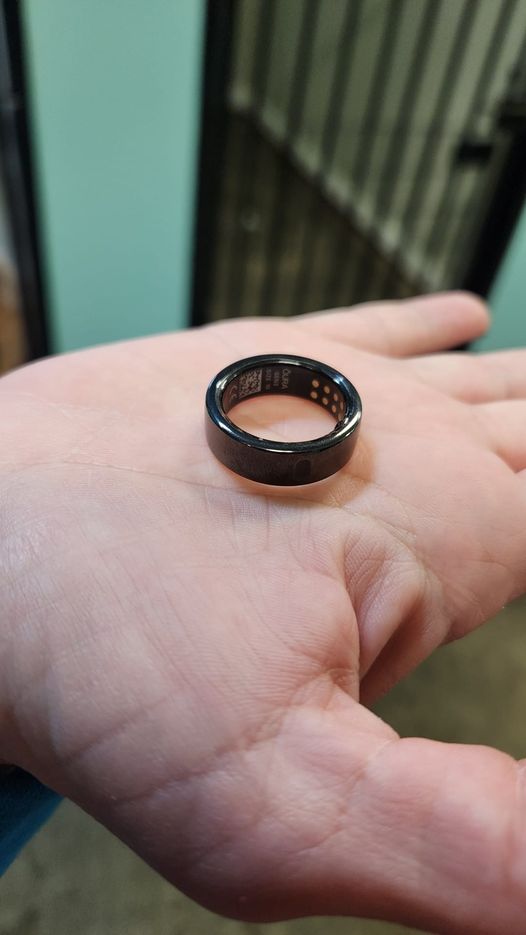FAQ-Feature

How to measure my body metrics?
The ring first collects the body metrics it needs thanks to its biosensors (green, infrared & red optical pulse sensor, 3-axis accelerometer, and temperature sensors). The ring contains a built-in processor that will process the data and send the data by Bluetooth to the mobile app & cloud for analysis.
The ring analysis engine uses machine learning to better understand your habits and offer a personal experience with personalized recommendations to improve your lifestyle.
How to measure my heart rate?
When your heart beats, your capillaries expand, and contract based on blood volume changes. The optical heart rate sensor (PPG) in your smart ring flashes its LEDs rapidly on the arteries of your finger’s palm side to detect blood volume changes. Your device calculates the number of times your heart beats per minute (BPM), which is your heart rate.
How to track my sleep?
Your ring tracks your sleep thanks to the correlation of the data collected by the PPG sensor, the temperature sensor, and the motion sensor. The biometrics of your body evolve during your sleep and your biometrics are in very specific states at each stage of your sleep.
That’s how the ring monitors whether or not you are sleeping and in what sleep stage you are in. It tracks many other sleep factors to let you understand your sleep and improve it in the long run.
Does it track my heart rate during exercise?
Yes, it tracks heart rate during exercise and many other activities.
How long does the battery last?
Standby time is up to 15 days.
But it depends for daily use.
- Non-continuous monitoring provides optimal battery life and will collect cardiac indicators at a lower frequency with a battery life of approximately 7 days.
- when continuous monitoring is turned on, cardiac indicators will be collected at a higher frequency and battery life will be reduced to 2.5 days.
You can set this in the App.
